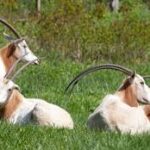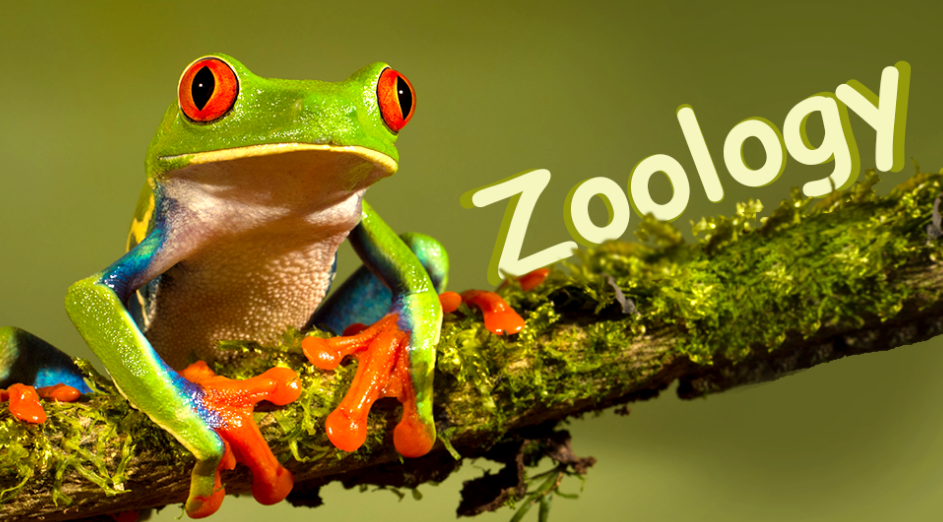The Earth’s biodiversity is not uniformly distributed. Instead, it varies geographically due to climatic, evolutionary, geological, and ecological factors. To study and understand these variations, the world is divided into distinct zoogeographical regions, each with its unique fauna (animal life). The concept was first proposed by Philip Lutley Sclater (1857), and later refined by Alfred Russel Wallace, forming the foundation for zoogeography—the study of the geographic distribution of animals.
Major Zoogeographical Regions (Wallace’s Classification)
Palaearctic Region
Nearctic Region
Ethiopian Region
Oriental Region
Australian Region
Neotropical Region
Each region has distinct evolutionary history, climate, physical geography, and endemic fauna.
1. Palaearctic Region
Geography: Europe, Northern Asia, North Africa, parts of the Middle East
Climate: Temperate to Arctic
Key Fauna:
Brown bear (Ursus arctos)
Saiga antelope
European bison
Wolves, foxes, lynx
Features: Few endemic mammals; shares fauna with Nearctic region (Holarctic realm)
2. Nearctic Region
Geography: North America (excluding Central America), Greenland
Climate: Arctic to temperate
Key Fauna:
Bison
Grizzly bear
Mountain lion
Beavers
Features: Closely related to the Palaearctic region; migratory birds connect both
3. Ethiopian Region
Geography: Sub-Saharan Africa and Madagascar
Climate: Tropical to semi-arid
Key Fauna:
African elephants
Lions, leopards, cheetahs
Zebras, giraffes, hippos
Unique: Okapi, lemurs (Madagascar)
Features: Highly diverse and many endemic species; isolated by deserts and oceans.
4. Oriental Region
Geography: Indian subcontinent, Southeast Asia, parts of Southern China
Climate: Tropical and subtropical
Key Fauna:
Bengal tiger
Asian elephant
Gaur (Indian bison)
Orangutans
Features: High diversity; faunal overlap with both Ethiopian and Australian regions
5. Australian Region
Geography: Australia, New Guinea, New Zealand, and nearby islands
Climate: Ranges from desert to tropical
Key Fauna:
Kangaroos, wallabies
Koalas
Platypus and echidna (monotremes)
Cassowary, emu
Features: High endemism; ancient Gondwana lineage; absence of native placental mammals
6. Neotropical Region
Geography: South and Central America, Caribbean islands
Climate: Tropical and subtropical
Key Fauna:
Jaguars, pumas
Sloths, armadillos, anteaters
Capybara
Macaws, toucans
Features: Rich in bird and insect diversity; many endemic mammals and reptiles
Faunal Characteristics and Adaptations
Each region’s fauna exhibits unique adaptations shaped by:
Climate (temperature, rainfall)
Habitat types (forest, desert, grassland, tundra)
Biogeographic isolation (e.g., Australia’s marsupials due to continental drift)
Animals evolve convergently in separate regions to fulfill similar ecological roles (e.g., placental wolves in the Nearctic vs. marsupial “wolves” like the thylacine in Australia).
Significance of Studying Zoogeographical Regions
Helps understand evolutionary relationships between species
Aids in biodiversity conservation by identifying endemic and threatened species
Supports ecological management and restoration efforts
Essential in tracking invasive species and their movement
Critical in climate change impact assessment.




